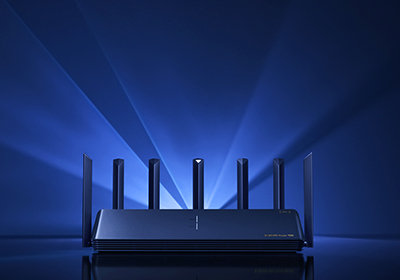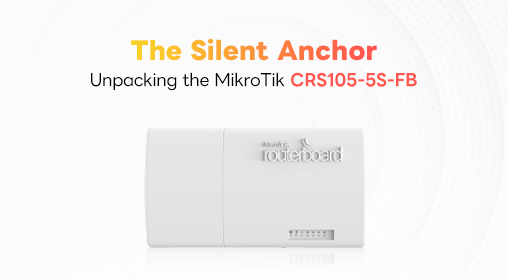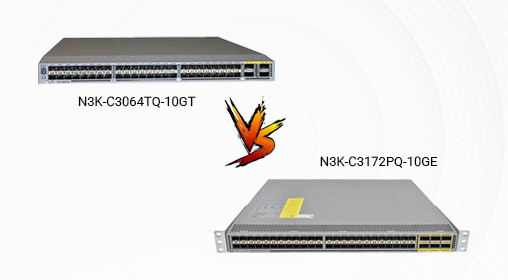














When you first lay eyes on the MikroTik CCR2004-1G-12S+2XS, it's clear this isn't your average piece of networking equipment. Housed in a substantial metal chassis measuring 443 x 224 x 44 mm, this device boasts a professional aesthetic that means business without being overly flashy. The front panel is where the magic truly lies—an array of 12 SFP+ ports capable of 10G speeds alongside two SFP28 ports ready to handle 25G connections, with a single Gigabit Ethernet port for basic management tasks. The design prioritizes function over form, with a clean layout that network administrators will appreciate.
Under the hood, this router is powered by an AL32400 quad-core ARM 64-bit processor running at 1.7 GHz, complemented by 4GB of ECC memory. What's particularly impressive is how this hardware handles demanding workloads—the device can achieve approximately 3.4 Gbps throughput in a single tunnel scenario, making it exceptionally capable for VPN applications. When it comes to pure routing performance, testing shows it can handle over 3.2 million packets per second in bridged mode without fast path, ensuring smooth operation even under significant load.
The real-world performance of the CCR2004 is where it truly distinguishes itself from consumer-grade equipment. Users who have migrated from other systems report noticeable improvements in network stability and responsiveness. One individual shared that after switching to the CCR2004, their web browsing felt faster and more reliable, likely due to RouterOS's efficient DNS caching implementation. Even during demanding tasks like BitTorrent sessions with connection counts exceeding 200,000 packets per second, the router maintained consistent performance where previous equipment would have buckled under the pressure. This reliability extends to multiple WAN configurations as well, with RouterOS's PCC load balancing capable of cleanly aggregating bandwidth from two separate internet connections.
For all its power, the CCR2004 maintains reasonable power consumption characteristics. When idle, it draws approximately 32 watts, increasing to about 49 watts under full load. Thermal management is handled by two internal fans that can become audible under heavy workloads, though some technically-inclined users have reported success in replacing them with quieter alternatives for environments where noise is a concern.
Where this device truly shines is in its flexibility and extensive feature set. RouterOS provides enterprise-grade capabilities that go far beyond simple routing—sophisticated traffic shaping, firewall rules, VLAN management, and VPN configurations are all available through a unified interface. The IPsec hardware acceleration enables the device to maintain multiple secure tunnels simultaneously without significant performance degradation. This makes it equally suited for connecting office networks, serving as the core for an internet service provider's infrastructure, or managing complex home lab environments.
Of course, no product is perfect, and the CCR2004 has considerations worth noting. The learning curve for RouterOS can be substantial for those unfamiliar with enterprise networking concepts. Unlike some higher-end models in MikroTik's lineup, the CCR2004 series doesn't feature L3 hardware offloading, meaning all routing functions are handled by the main CPU. While this processor is plenty powerful for most scenarios, those with specific needs for hardware-accelerated switching might need to look at alternatives like the CCR2116 or CCR2216 models. Additionally, the unit generates some operational heat, with core temperatures typically reaching around 58°C in typical deployment scenarios.
Core Technical Specifications
|
Parameter |
Specification |
|---|---|
|
Architecture |
ARM 64-bit |
|
CPU |
AL32400 quad-core @ 1.7GHz |
|
Memory |
4GB ECC |
|
Storage |
128MB NAND |
|
10G SFP+ Ports |
12 |
|
25G SFP28 Ports |
2 |
|
Gigabit Ethernet Ports |
1 |
|
Power Consumption |
32W (idle) - 49W (load) |
|
Dimensions |
443 x 224 x 44 mm |
|
Operating System |
RouterOS (Level 6 license) |
The value proposition of the CCR2004 becomes clear when you consider the extensive port selection and capable performance it offers in a single unit. For networking professionals or advanced enthusiasts working with high-speed connections, this device eliminates the need for multiple pieces of equipment by combining extensive 10G capability with 25G readiness in one platform. While the initial investment is substantial, the versatility and reliability it provides make it a compelling option for those whose needs extend beyond what consumer-grade equipment can deliver.
What continues to impress most users is how this router handles the transition from lab testing to production environments. The stability that MikroTik delivers with their RouterOS platform means that once configured properly, the device tends to fade into the background—exactly what you want from critical infrastructure. It's the kind of set-and-forget reliability that network administrators dream about, especially those who have battled with less capable equipment.
There's something satisfying about deploying a tool that not only meets your current needs but has ample headroom for future demands. The CCR2004-1G-12S+2XS represents one of those rare pieces of technology that balances performance, features, and reliability in a way that justifies its place in serious network environments. Whether you're managing a small business network, a research lab, or an elaborate home setup with multiple high-speed connections, this router delivers the capabilities needed to build a robust and efficient network foundation.




